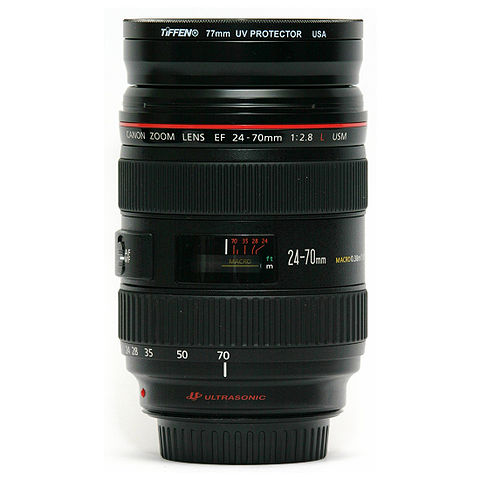There is a lot of exciting news today, and not just with the US Presidential election but also on the dSLR front. Nikon has announced the new Nikon D5200 upper-entry-level dSLR and Canon has announced the Canon EF 24-70mm f/4L IS USM lens. Yes, a 24-70mm with Image Stabilization! Plus they announced the EF 35mm f/2 IS USM lens.
The Nikon D5200 is a pretty big leap for an upper-entry level camera in that not only does it boast the 24 megapixels of the new Nikon D600, it also incorporates the 39-point autofocus system of the D7000 (and D600). This is a sophisticated, complex AF system that was challenging for many experienced enthusiasts to learn, so it is going to be an interesting challenge for those with much less dSLR experience. A very interesting move by Nikon.

The new Canon 24-70mm F/4L IS, with Image Stabilization, is designed to be the kit lens for the upcoming Canon 6D, though it will also make a great lens for any other Canon dSLR. It is going to create a very difficult decision for photographers who will have to weigh the pros and cons of the 25-105 f/4 IS (with Image Stabilization too), the original 24-70 f/2.8L or newer 24-70 f/2L II (both without Image Stabilization), and the brand new 24-70 f/4L IS – which adds Image Stabilization.

The original 24-70 f/2.8L quickly became my main walk-about lens immediately after obtaining it, so I can say that it is a wonderful lens and a great focal length. Have the additional reach of the 24-105mm f/4L IS would be great, but I didn’t want to give up the wide f/2.8 aperture which creates even greater background blurring. Now people are going to have to analyze the Image Stabilization vs. the f/2.8 or f/4 aperture vs. the additional reach of the 24-105mm (especially on a full-frame camera) vs. the price vs. image quality vs. size and weight. Not an easy decision! Perhaps when I get a chance, I will try to break it down and try to help with the decision. Just know, before you lose your mind analyzing the pros and cons of each element, each of these lenses has amazing performance, built, and image quality. You really can’t go wrong with any of them. Just pick one and start shooting!
And perhaps most exciting, Canon has introduced the Mark II lens caps! Finally, a center-pinch cap that can easily be accessed inside a lens hood. I know you had to copy Nikon to do this, but thank you Canon!
















